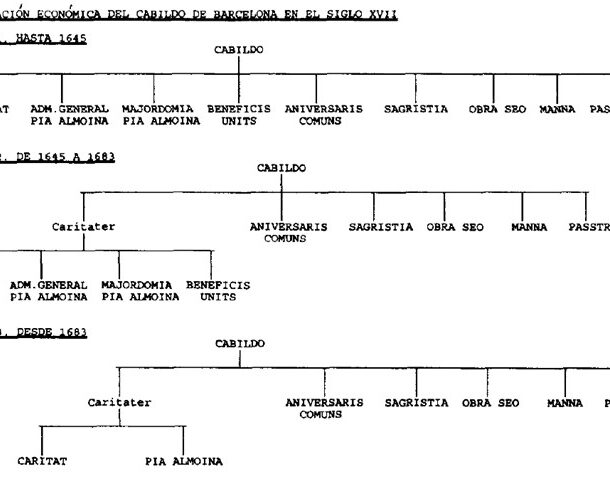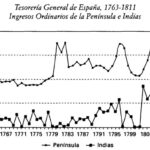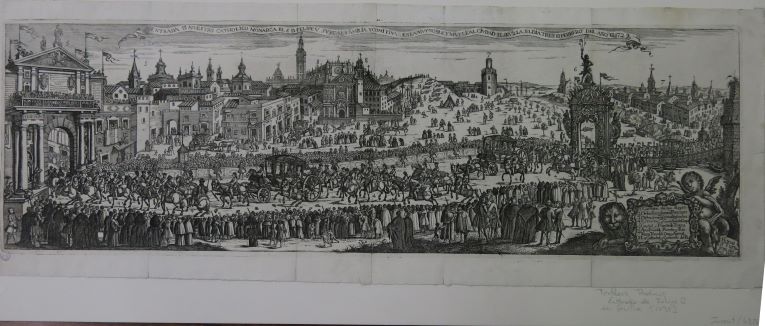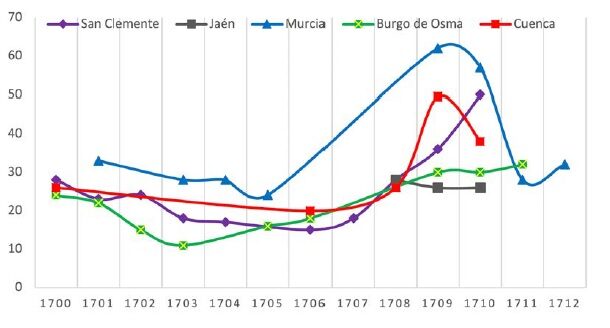
During the Modern Age the Hispanic Monarchy was financed by its subjects settled in the Iberian Peninsula and in the imperial provinces overseas. From 1763 to 1811, the territories that contributed most to the General Treasury of Spain showed an inversion: while the peninsular crowns were the main sources of financing in ordinary revenues, the French invasion that triggered the War of Independence caused the contribution of these territories to fall sharply; for their part, revenues from the Americas were maintained and only surpassed the peninsular contribution because of this situation. However, as the author points out, ordinary revenue to the General Treasury from the Americas did not include revenue in kind. Thus, if we add ordinary income to extraordinary income, the aforementioned reversal of contributions occurred in the 1790s, when the transfer of silver from New Spain accounted for 80% of total American remittances.
Collection: Graphics
Project: 2. Social and economic impact of technological revolutions in Europe., 5. Power and powers in the history of Europe: oligarchies, political participation and democracy.
Chronology: XVIII, XIX
Scope: Secondary Education, Baccalaureate, University
Resource type: Graph
Format: Line chart
Source: Marichal, C. (1997). "Beneficios y costes fiscales del colonialismo: las remesas americanas a Espala, 1760-1814", en Revista de Historia Económica, XV, nº3, p. 488.
Language: Spanish
Date: 1997
Owner: Pablo Ballesta Fernández (Modernalia)
Copyright: ©Revista de Historia Económica ©Carlos Marichal
Abstract: Graph showing the financial contribution of the different territories of the Spanish Empire in relation to ordinary revenues
Image
Tags







